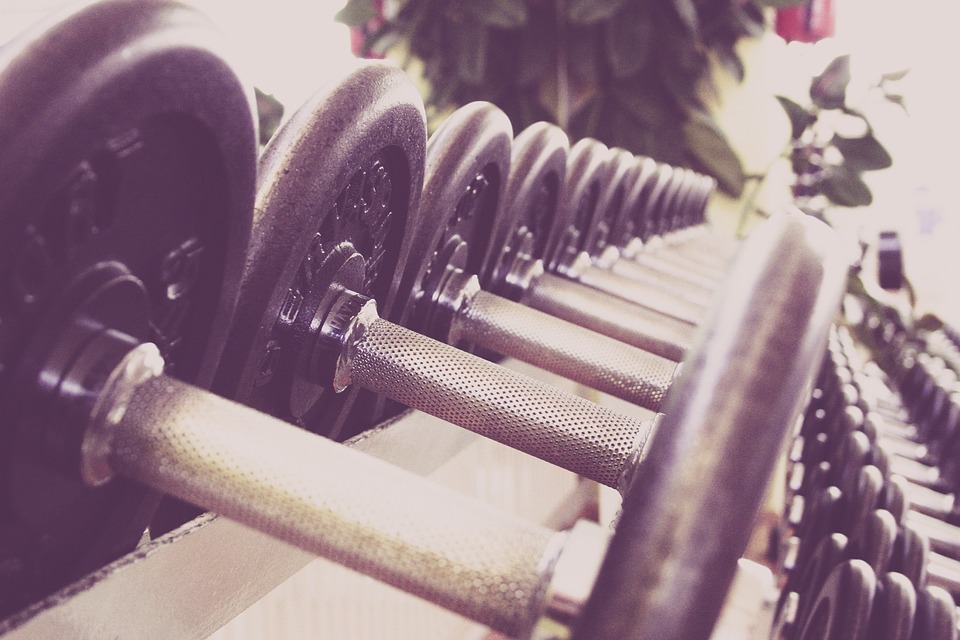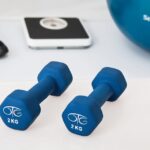Exercise is an essential part of a healthy lifestyle, but for some people, it can trigger a condition called exercise-induced bronchospasm (EIB). EIB is a type of asthma that causes temporary constriction of the airways, making it difficult to breathe during or after physical activity. In this article, we will explore the causes, symptoms, and treatment options for EIB.
Causes of Exercise-Induced Bronchospasm
EIB occurs when the airways become narrowed or blocked due to inflammation, increased mucus production, and muscle contraction. The exact cause of EIB is not known, but it is believed to be related to a combination of genetic and environmental factors. People with asthma or allergies are more likely to develop EIB, but it can also occur in people without any pre-existing respiratory conditions.
Symptoms of Exercise-Induced Bronchospasm
The symptoms of EIB typically occur during or immediately after physical activity, and can include:
– Wheezing
– Shortness of breath
– Chest tightness
– Coughing
– Fatigue
These symptoms usually improve within an hour after exercise, but in severe cases, they can last for several hours or even days.
Treatment Options for Exercise-Induced Bronchospasm
Fortunately, there are several treatment options available for EIB. The first step is to identify the triggers that cause EIB and avoid them whenever possible. This can include reducing exposure to allergens, avoiding exercise in cold or dry air, and using medication to control symptoms.
Bronchodilators are medications that relax the muscles in the airways, making it easier to breathe. They can be taken before exercise to prevent EIB or during an attack to relieve symptoms. Inhaled corticosteroids are another type of medication that can reduce inflammation in the airways and prevent EIB.
In addition to medication, there are several lifestyle changes that can help manage EIB. Warm-up exercises before physical activity can reduce the severity of symptoms, and wearing a scarf or mask over the mouth and nose can warm and humidify the air before it enters the lungs.
Conclusion
Exercise-induced bronchospasm can be a challenging condition to manage, but with proper treatment and management, people with EIB can still enjoy an active lifestyle. If you experience any of the symptoms of EIB during or after physical activity, speak with your doctor about treatment options that are right for you. With the right care, you can breathe easy and keep moving forward.




